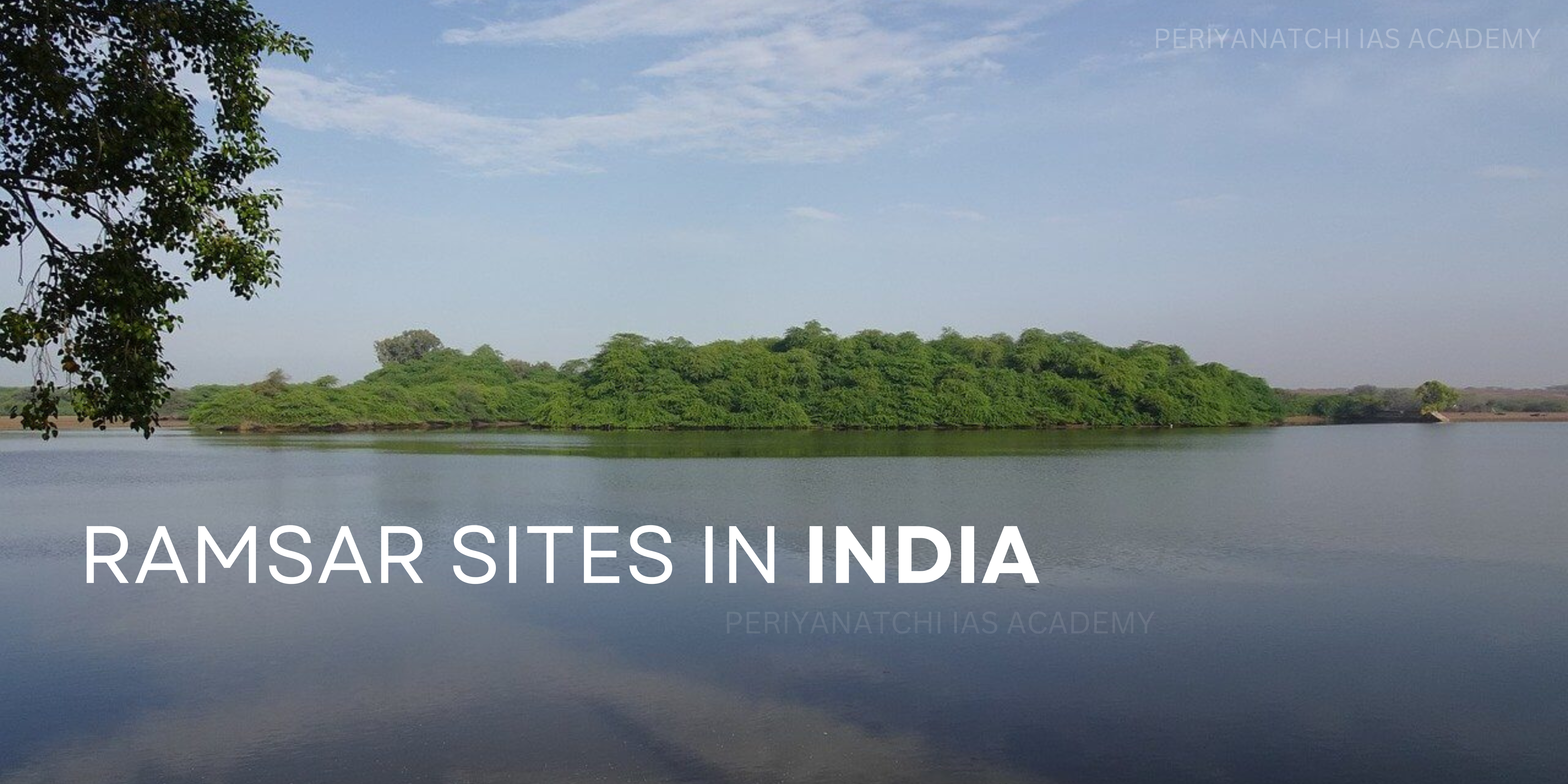
Introduction: A Network of Life
Across India's diverse landscapes, shimmering wetlands pulsate with life, acting as vital ecological arteries. These havens for biodiversity, recognized globally as Ramsar Sites, play a critical role in the nation's environmental and socio-economic well-being. With 80 Ramsar Sites (as of February 2024), India leads South Asia in wetland conservation, showcasing its commitment to protecting these crucial ecosystems.
This article delves into the significance of Ramsar Sites in India, exploring their ecological value, socio-economic benefits, and the challenges they face. We will analyze recent developments, including the addition of five new sites, and delve into strategies for ensuring their long-term health. Understanding Ramsar Sites is not just about environmental awareness; it's about recognizing the intricate web of life that sustains us all.
A Global Commitment: The Ramsar Convention
The Ramsar Convention, signed in 1971 in the Iranian city of Ramsar, is an intergovernmental treaty dedicated to the conservation and wise use of wetlands. It recognizes the vital role wetlands play in regulating water systems, providing habitat for diverse species, and supporting human well-being. Over 170 countries, including India, have acceded to the convention, forming a global network dedicated to wetland protection.
A Tapestry of Treasures: Wetland Types in India
India's Ramsar Sites encompass a fascinating variety of wetland types, each with unique characteristics and ecological significance. Here's a glimpse into some of the prominent categories:
i. Glacial Wetlands
Nestled amidst majestic mountains lie pristine glacial lakes like Tsomoriri in Ladakh and Chandertal in Himachal Pradesh. These high-altitude wetlands are crucial for regulating water flow downstream and harboring unique cold-adapted species.
ii. Tectonic Wetlands
Formed by the movement of tectonic plates, these wetlands include the picturesque Nainital and Bhimtal lakes in Uttarakhand and the Nilnag wetland in Jammu and Kashmir. They offer breathtaking landscapes and support diverse flora and fauna.
iii. Floodplain Wetlands
Mighty rivers like the Ganga and Brahmaputra create vast floodplains that transform into seasonal wetlands. Iconic examples include Deepor Beel in Assam and Keoladeo National Park in Rajasthan. These wetlands provide vital breeding grounds for fish and migratory birds.
iv. Coastal Wetlands
India's long coastline boasts a rich diversity of coastal wetlands like mangroves, lagoons, and estuaries. The Chilika Lake in Odisha, the largest brackish water lagoon in Asia, and the Sundarbans mangrove forest in West Bengal, a UNESCO World Heritage Site, are prime examples. These wetlands are crucial for coastal protection, storm buffer zones, and nursery grounds for marine life.
v. Man-made Wetlands
India also boasts man-made wetlands with significant ecological value. These include reservoirs like Hirakud Dam in Odisha and tanks like the Odai system in Tamil Nadu, which play a vital role in water storage, irrigation, and supporting local livelihoods.
Symphony of Life: The Ecological Significance of Ramsar Sites
The ecological importance of Ramsar Sites in India cannot be overstated:
i. Biodiversity Hubs
These wetlands are sanctuaries for a staggering variety of flora and fauna. They provide critical habitat for resident and migratory birds, including threatened species like the Siberian Crane and the Indian Black Ibis. Fish, reptiles, amphibians, and a multitude of invertebrates find refuge in these diverse aquatic ecosystems.
ii. Water Security Champions
Wetlands act as natural sponges, absorbing and storing excess water during monsoons and releasing it gradually during dry periods. This crucial role helps regulate floods and droughts, ensuring water security for communities and agriculture. They also act as natural filters, purifying water by removing pollutants and sediments.
iii. Climate Change Warriors
Wetlands play a vital role in mitigating the impacts of climate change. They act as carbon sinks, absorbing greenhouse gases from the atmosphere. Additionally, coastal wetlands like mangroves serve as buffers against rising sea levels and storm surges, protecting coastal communities.